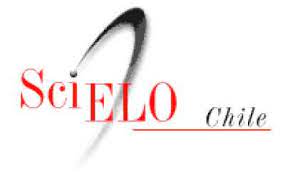Estudio de la respuesta estática y sísmica de un muro de suelo reforzado con geomalla como estribo de puente en Concepción
DOI:
https://doi.org/10.4067/s0718-28132018000200041%20Palabras clave:
geomalla, muro de suelo reforzado, estabilidad estática y sísmica, estabilidad interna y externaResumen
El terremoto del 27 de febrero de 2010 en Chile central y sur fue una prueba muy intensa para las soluciones con muro de suelo reforzado recientemente construidas como estribos de puente. Este terremoto de subducción de magnitud momento 8.8 causó graves daños a varios muros de hormigón armado tradicionales para estribos de puentes. Sin embargo, no se registró mayor daño en soluciones relativamente nuevas y reforzadas con geosintéticos. Por esta razón, es importante revisar el diseño y construcción empleada en estos proyectos. Para este fin, se describe y estudia un caso representativo ubicado próximo al epicentro. Además, se entrega información sobre los suelos de fundación, diseño y secuencia constructiva de los refuerzos de geosintéticos usados en los estribos de puente. Los suelos de fundación eran desfavorables, correspondiendo principalmente a depósitos fluviales y marinos próximos al cauce y desembocadura del río Andalién. El análisis incluye la verificación de la estabilidad estática y sísmica, externa como interna. También se realizan análisis de estabilidad global estática y sísmica. Los métodos usados en los análisis son equilibrio límite y pseudo estático según las recomendaciones de FHWA. Resultados muestran que el diseño fue adecuado para soportar un evento sísmico tan fuerte en términos de estabilidad interna y externa. No obstante, se encontró quela presencia de pilotes prevenía una falla sísmica global del muro de suelo reforzado con geomallas como estribo de puente. Se realizan comentarios y observaciones finales relacionados con el diseño y construcción que podrían explicar la respuesta favorable de las estructuras reforzadas con geosintéticos sometidas a este fuerte terremoto de subducción.
Descargas
Publicado
Versiones
- 2018-12-01 (2)
- 2021-11-25 (1)
Número
Sección
Licencia

Esta obra está bajo una licencia internacional Creative Commons Atribución-NoComercial 4.0.








